When cooking oil is not just for… frying
Cooking oil is a staple in many fried foods, from street food stalls to fine dining restaurants. But when cooking oil is used frequently, or is reused many times, the amount of new oil needed increases – leading to a greater demand for raw materials, processing, and transportation. Research shows that, on average, about 3.8 kg CO₂-equivalent (CO₂e) are emitted for every 1 kg of oil refined from seeds; even in more land-intensive areas, the figure can be as high as ~5 kg CO₂e/kg. This means: every 1 kg of additional cooking oil consumed = kg of “hidden” CO₂e emitted from cultivation, production, logistics and processing.
Extraction – Processing – Disposal: The Greenhouse Gas Generation Chain
Land Clearing/Conversion : When forest or natural land is converted to oil crops (like oil palm, soybeans…), the amount of carbon lost from the soil/trees and CO₂ emissions due to land clearing is huge.
Processing & Transportation : Cultivation, harvesting, transportation, and refining of cooking oils consume energy (electricity, fossil fuels) – all contributing to greenhouse gases.
Waste oil & treatment : If used cooking oil is not properly recovered or recycled, when discharged into the soil/water environment, it can decompose poorly and generate methane (CH₄) – a greenhouse gas many times stronger than CO₂ – or CO₂ from uncontrolled decomposition. Thus, “excessive” consumption of cooking oil – or ineffective management of cooking oil – is increasing the burden of GHG (Greenhouse Gases) emissions on the global environment.
Practice in Vietnam and the problem of frying
In Vietnam, fried food is very popular: from households, small eateries, to restaurant chains - cooking oil is an indispensable ingredient. When economic pressure and costs increase, reusing cooking oil many times is likely to happen. Large cooking oil consumption means: more oil purchased → more production → larger exploitation → more waste. Without good management processes, the amount of unrecovered waste oil will increase - leading to an increase in potential GHG emissions. Large amounts of waste oil, if not properly treated, will also pollute water and soil resources and reduce the ability of the soil to capture carbon - indirectly increasing greenhouse gas emissions.
Action Needed: From Personal Choice to Corporate Action
Consumers should consider reducing the frequency of frying, choosing places that use new oil or changing oil regularly, and avoiding sharing and reusing oil many times.
Restaurants/eateries need to develop processes for changing oil, filtering oil, collecting waste oil, using sustainably sourced oil, and calculating consumption to avoid waste.
Large enterprises and chains should adopt technology to monitor oil quality, determine consumption and emissions, and use data to optimize – not only saving costs but also reducing indirect greenhouse gas emissions from the supply chain.
Policy and management should include a framework for collecting waste oil, recycling it into biofuel or other raw materials, and encouraging the use of cooking oil from renewable sources or sustainably produced.
Excessive consumption of cooking oil and poor management not only affect the health of users but also pose a serious environmental problem – from CO₂ and CH₄ emissions throughout the chain to the loss of carbon capture capacity of soil and water. We are at a crossroads: choose the current “fry – use – dispose” which can continue to create environmental burden; or choose the “fry – use – manage well – recycle” approach to turn crispy fried food into a more sustainable choice. Action starts from every kitchen – every fried dish – every choice of cooking oil. Because “delicious food” should also leave a “green footprint”.
Source: https://baophapluat.vn/tieu-dung-dau-an-qua-muc-tro-thanh-ganh-nang-cho-moi-truong.html


![[Photo] National Assembly Chairman Tran Thanh Man holds talks with South Korean National Assembly Chairman Woo Won Shik](/_next/image?url=https%3A%2F%2Fvphoto.vietnam.vn%2Fthumb%2F1200x675%2Fvietnam%2Fresource%2FIMAGE%2F2025%2F11%2F20%2F1763629724919_hq-5175-jpg.webp&w=3840&q=75)


![[Photo] Lam Dong: Panoramic view of Lien Khuong waterfall rolling like never before](/_next/image?url=https%3A%2F%2Fvphoto.vietnam.vn%2Fthumb%2F1200x675%2Fvietnam%2Fresource%2FIMAGE%2F2025%2F11%2F20%2F1763633331783_lk7-jpg.webp&w=3840&q=75)

![[Photo] President Luong Cuong receives President of the Senate of the Czech Republic Milos Vystrcil](/_next/image?url=https%3A%2F%2Fvphoto.vietnam.vn%2Fthumb%2F1200x675%2Fvietnam%2Fresource%2FIMAGE%2F2025%2F11%2F20%2F1763629737266_ndo_br_1-jpg.webp&w=3840&q=75)




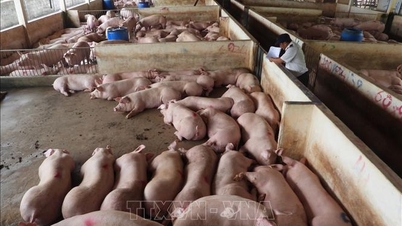












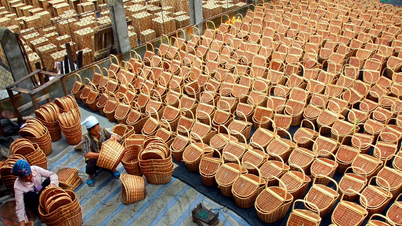


























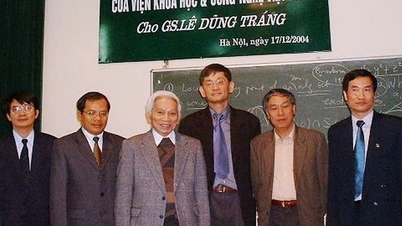


































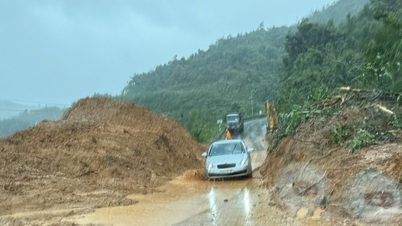





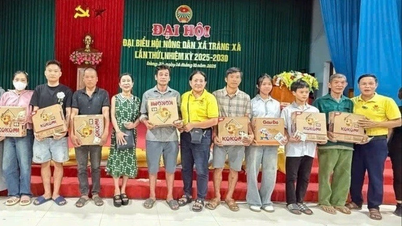















Comment (0)